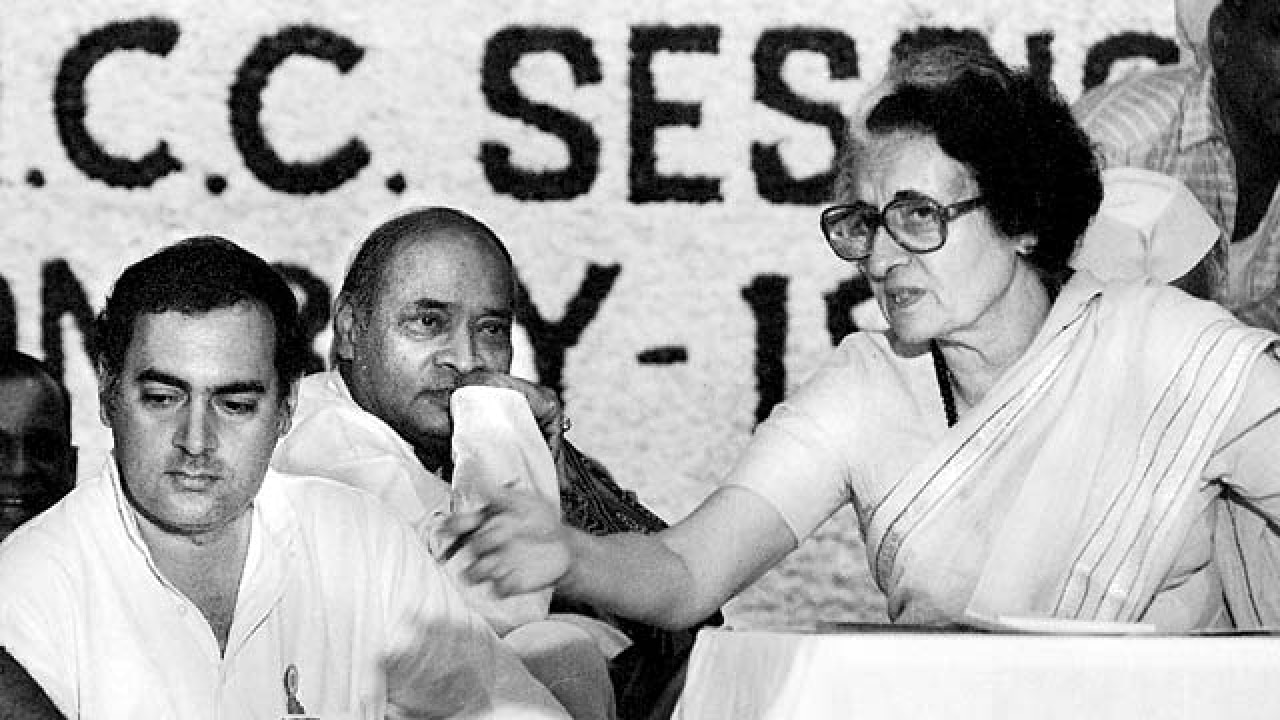
The March 1967 general elections in India was perhaps the last time when the people of our nation voted to elect the Union as well as the State Governments simultaneously. The Congress party, even while retaining power at the Centre (with a reduced strength in the Lok Sabha) was voted out in nine states. Uttar Pradesh, where the Congress had managed a majority in the election also slipped out of its hold, within a month, when Charan Singh left the party with a chunk of MLAs to become Chief Minister of a non-Congress coalition.
The Congress party split in a couple of years and Prime Minister Indira Gandhi’s faction was reduced to a minority in the Lok Sabha in December 1969. She remained Prime Minister garnering support from parties such as the CPI(M), DMK and CPI. The CPM was part of the anti-Indira governing coalition in West Bengal but the ministry soon fell under the weight of its own contradiction as had happened with other such formations in Uttar Pradesh, Bihar and Haryana. Indira sought DMK’s support despite Congress MLAs in Tamil Nadu opposing the DMK government in the state. The CPI also broke ranks with the Opposition to side with Indira Gandhi then.
The coalition of anti-Congress forces consisting of many shades of socialists and the Bharatiya Jan Sangh along with the clumsy bunch of Swatantra Party leaders appeared to scatter away in the States where they formed governments in 1967. But the Congress split in December 1969 seemed to bolster the Lohiaite strategy (of an all-out unity against Indira’s Congress) even after Lohia’s death in October 1967, leading to the grand-alliance of all those (barring the two Left parties) in the 1971 general elections. But then, the results of the general election showed that these parties had lost the confidence of the people for the moment. The alliance was routed across the country except in Gujarat and Tamil Nadu.
And yet, the 1971 election results and the further boost to Indira’s Congress after the creation of Bangladesh turned out a chimera. The Nav Nirman Andolan in Gujarat, JP’s Total Revolution, and the all-India Railway General Strike rendered Indira’s Congress vulnerable again. She clung to power putting off the general elections, due in early 1976, by imposing the national emergency. The rout of the Congress in 1977, the Janata experiment, which in many ways was a repeat of the anti-Congress unity of 1967 after more parties joined, ended the same way in 1979. The Congress returned to power in 1980, only to be sent out again in 1989 by a National Front. The grand alliance of 1989 suffered yet another convulsion and revived as the United Front in 1996. The unity in the shape of the United Front in 1996, however, marked a distinct break with the past. It was against the BJP, whose earlier avatar, the Bharatiya Jan Sangh, was part of the political combines, in one way or another, since 1967 against the Congress.
The 1967 elections, half a century ago, witnessed the unfolding of the fractures in the nation’s social and political edifice after the electoral system was set up in 1951-52. The unfolding took many forms and shapes in the discourse and what emerged in 1967 was the fragmented socio-political reality of India as a nation which had been stitched together in 1947. By 1967, the Indian nation had matured and taken the shape of concrete blocks and was being put to test by various political formations to build their own edifices. It is true that some blocks have dissolved to merge into others while some have broken up into separate formations and yet others have emerged and stayed on to ally either with the BJP or the Congress, in any way that suited them at different points of time. All these experiments began in 1967 and hence the impact of the 1967 general elections on the electoral politics in our own times is far reaching. The churning that began then is yet to crystalise. Science teaches us that it takes a critical mass of chemicals to be put into the fluid before crystals are formed.
The author is a political commentator and teaches history at the Sikkim Central University.